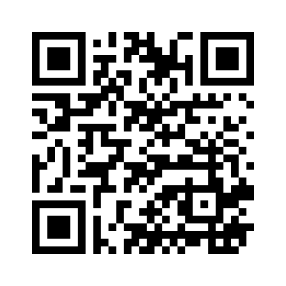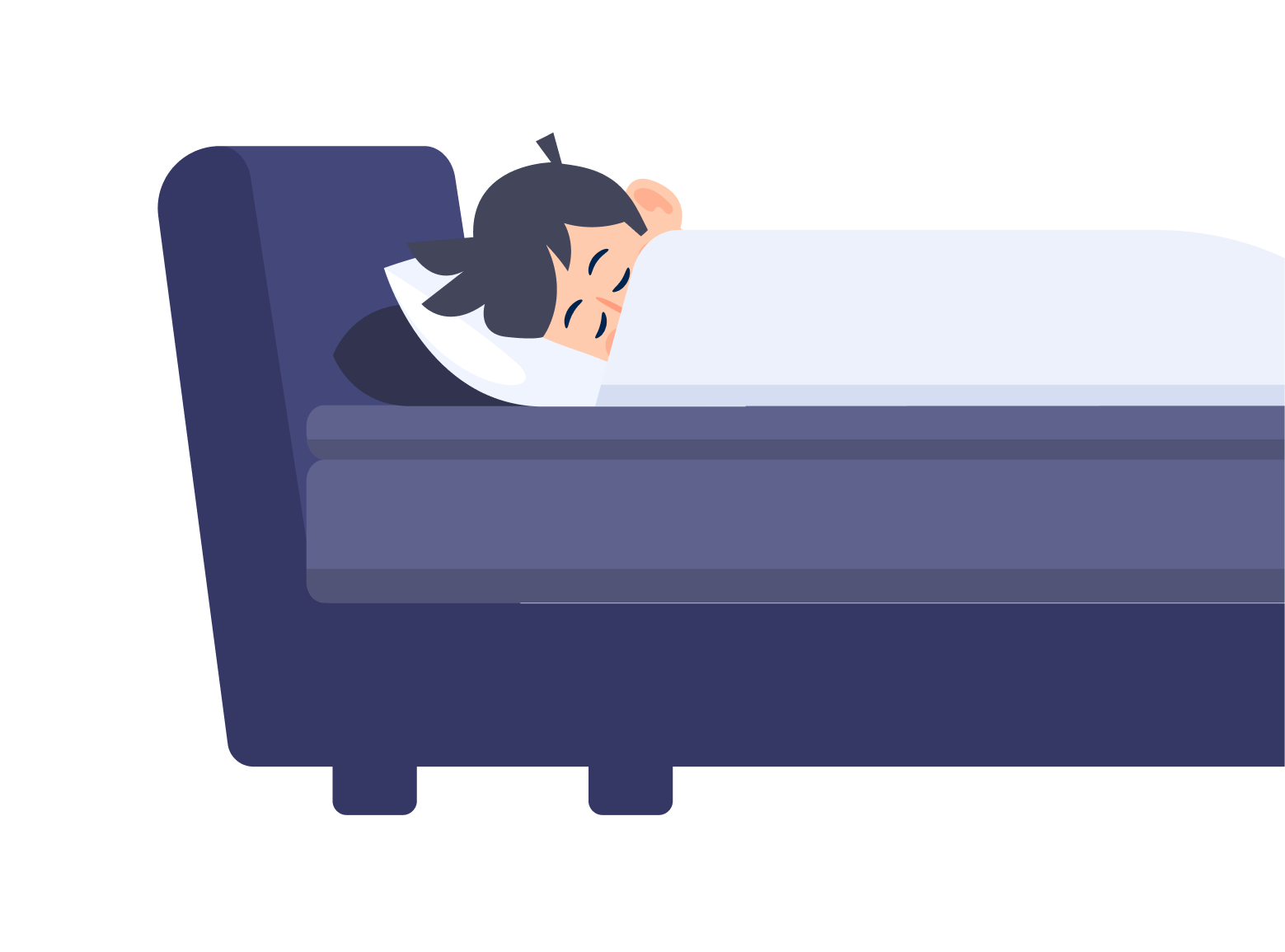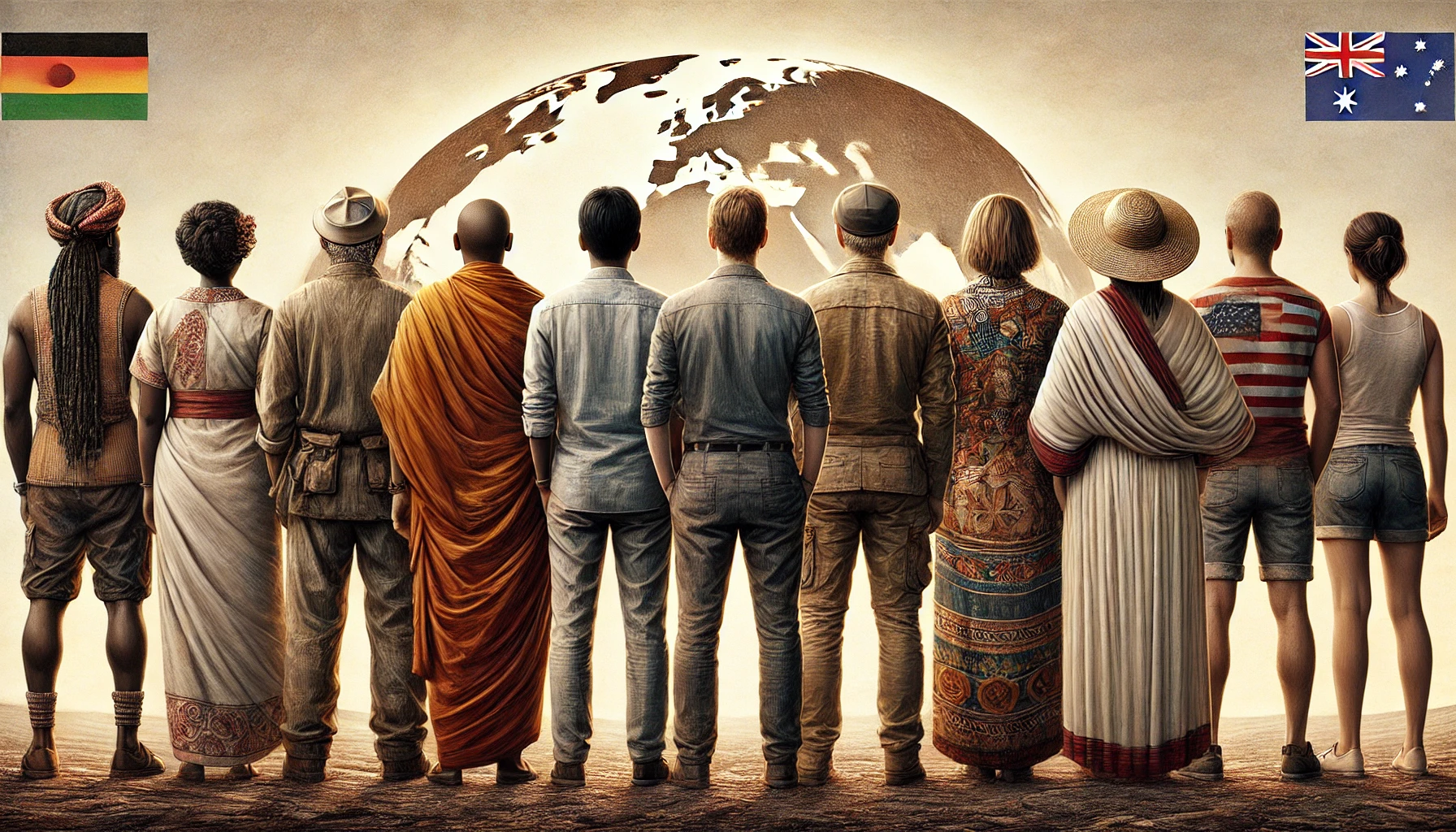Introduction
Dreams have captivated artists, scientists, and thinkers who explore creativity. They often link dreaming to the ability to forge novel connections and break free from logic. This article delves into how dreams can spark and boost creative thinking. It highlights historical figures inspired by dreams and reviews recent research in this intriguing area.
The Creative Power of Dreams
In dreams, the mind freely explores ideas without the constraints of rationality. This freedom can lead to innovative thoughts that seem illogical when awake. Research shows that during REM sleep, the brain connects distant and unrelated concepts. Such connections can inspire creative solutions and artistic visions.
Historical and Cultural Perspectives
Many creative minds attribute their inspirations to dreams. Chemist August Kekulé, for example, envisioned the structure of the benzene molecule as a snake biting its own tail in a dream. This vision led to his revolutionary discovery. Likewise, writer Mary Shelley and filmmaker Christopher Nolan have transformed their dream experiences into captivating narratives in their works.
Research on Dreams and Creativity
Studies in cognitive psychology and neuroscience are exploring how dreams relate to creativity. Findings suggest that lucid dreamers, who know they are dreaming and can influence their dreams, show enhanced problem-solving skills. This ability to navigate and alter dreams may improve creative thinking in daily life.
Conclusion
Dreams and creativity reflect the mind’s profound abilities. By studying our dreams, we not only understand our subconscious but also improve our creative capacities. Ongoing research might soon allow us to use dreams more effectively, enhancing creativity across various fields. Encouraging people to pay more attention to their dreams could unlock innovative ways of thinking, leading to significant breakthroughs.








